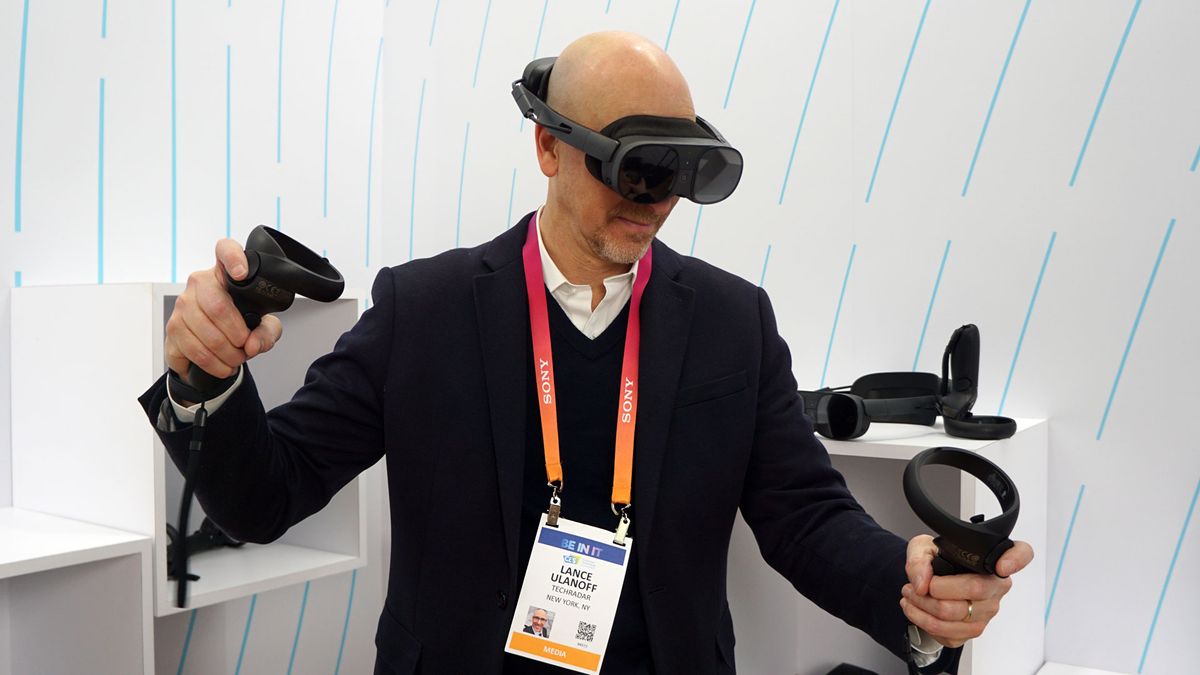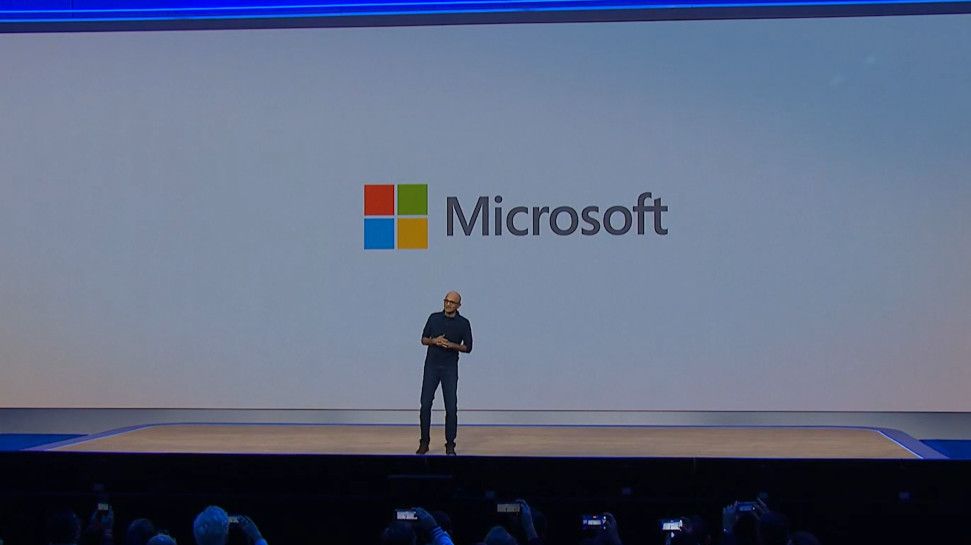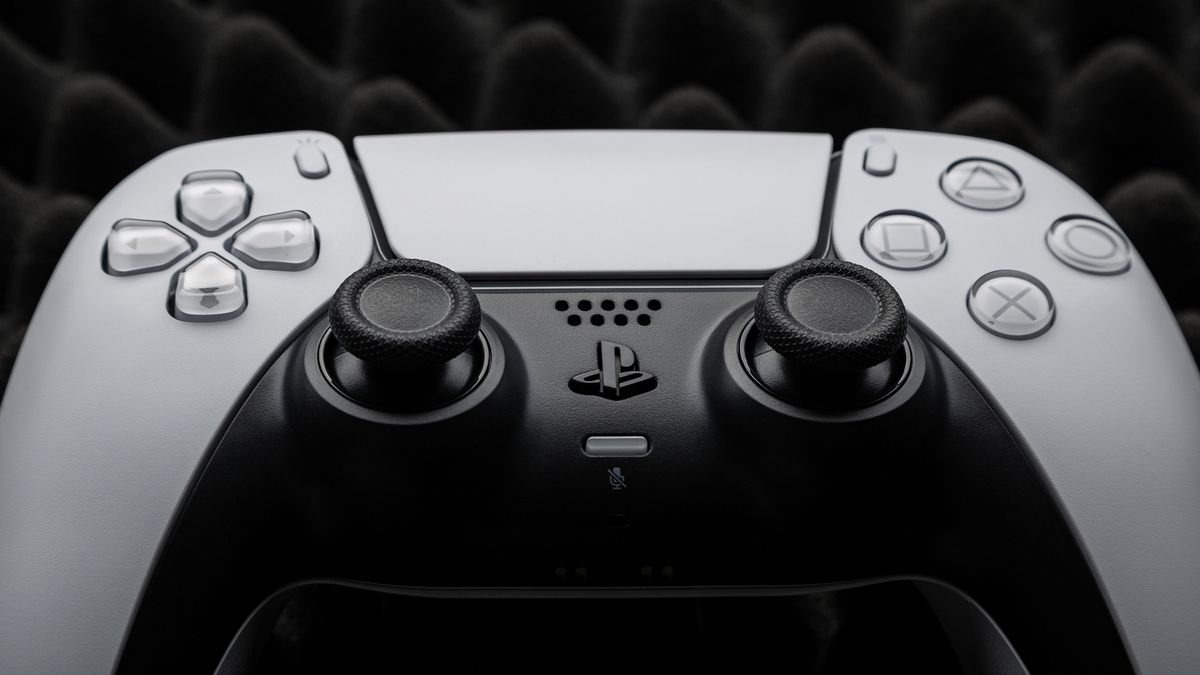The ephemerality of virtual and augmented reality corresponded to the omnipresence of the technologies CES 2023.
It honestly felt a bit like the mid-1990s when every tech company had an internet strategy. Now almost everyone has a chance Overlaying images in the real world or Plunge you into fantasy.
The driving force behind this is the hardware, and CES 2023 was packed with it. There was a lot of it lying on the ground — so many AR glass companies unafraid to jump into the risky breach that once swallowed Google Glass.
But the real market leaders are Meta, Magic Leap and HTC. While the once-secret and now newly-opened Magic Leap sat on the Metaverse room’s exhibit floor, encouraging everyone to whip through a range of corporate scenarios, Meta and Vive offered invitation-only demos of their latest gear in the ballrooms of the nearby hotel.
I began with a Magic Leap visit where I met the company’s CTO, Julie Larson Green, a formerly retired Microsoft Windows legend who is helping to guide Magic Leap’s transition from being an inscrutable and promising prodigy a practical and targeted AR headset for industries and factories, civil protection and more.
As we discussed Magic Leap’s early promise in the crowded booth, Green told me, “The technology was too early and the consumer scenarios weren’t that clear.”
Enterprise, however, is a different story. Industry, factories, and even medical theater: “They’re used to carrying things on their faces.”
Green encouraged me to equip myself with the latest headset, the Magic Leap 2, which is 50% lighter and smaller than the original. It also has a powerful new custom AMD SoC.
Unlike the new HTC Vive XR Elite and the MetaQuest Pro, Magic Leap 2 maintains its slim form by housing the battery and processor in a separate puck that you can wear on your belt. This has the effect of making the hat light and quite comfortable to wear. It also means there is a cable running from the puck to your head and I could feel the puck on my hip.
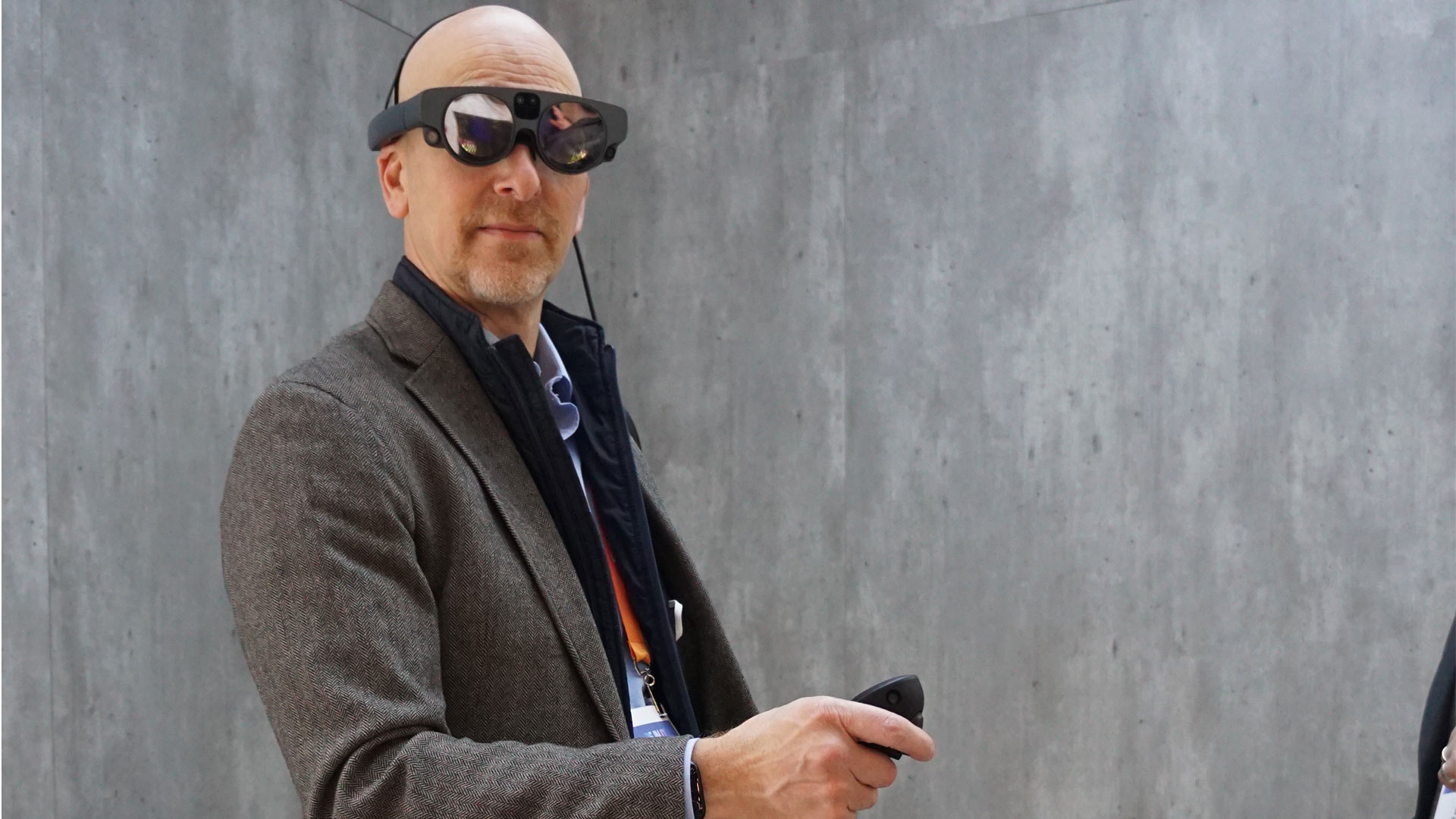
As promised, the Magic Leap 2 headset was comfortable to wear. I tried a scenario where I was standing in a replica Hoover Dam and we played our emergency rest against an explosion. The graphics were good and the -70 degree field of view meant the slightly cartoonish dam seemed to be all around me. Using the controller, I placed police cars and officers anywhere in the virtual landscape. Meanwhile, I could still see my real world.
Larson said Magic Leap is working with NVIDIA his “Omniverse” ideabut buzzwords aside, the partnership has helped bring ray tracing support to the headset.
While the original Magic Leap was often discussed in hushed, awed voices and only a select few had seen the demos in person, this version of the company and its new leadership is all about utility. Based on my experience, I think they can nail the useful part and even at $3,299 they could stand a chance in the company.
Where Magic Leap ditched its wizard attire for a suit, HTC is at the forefront of immersive and augmented experiences for everyone.
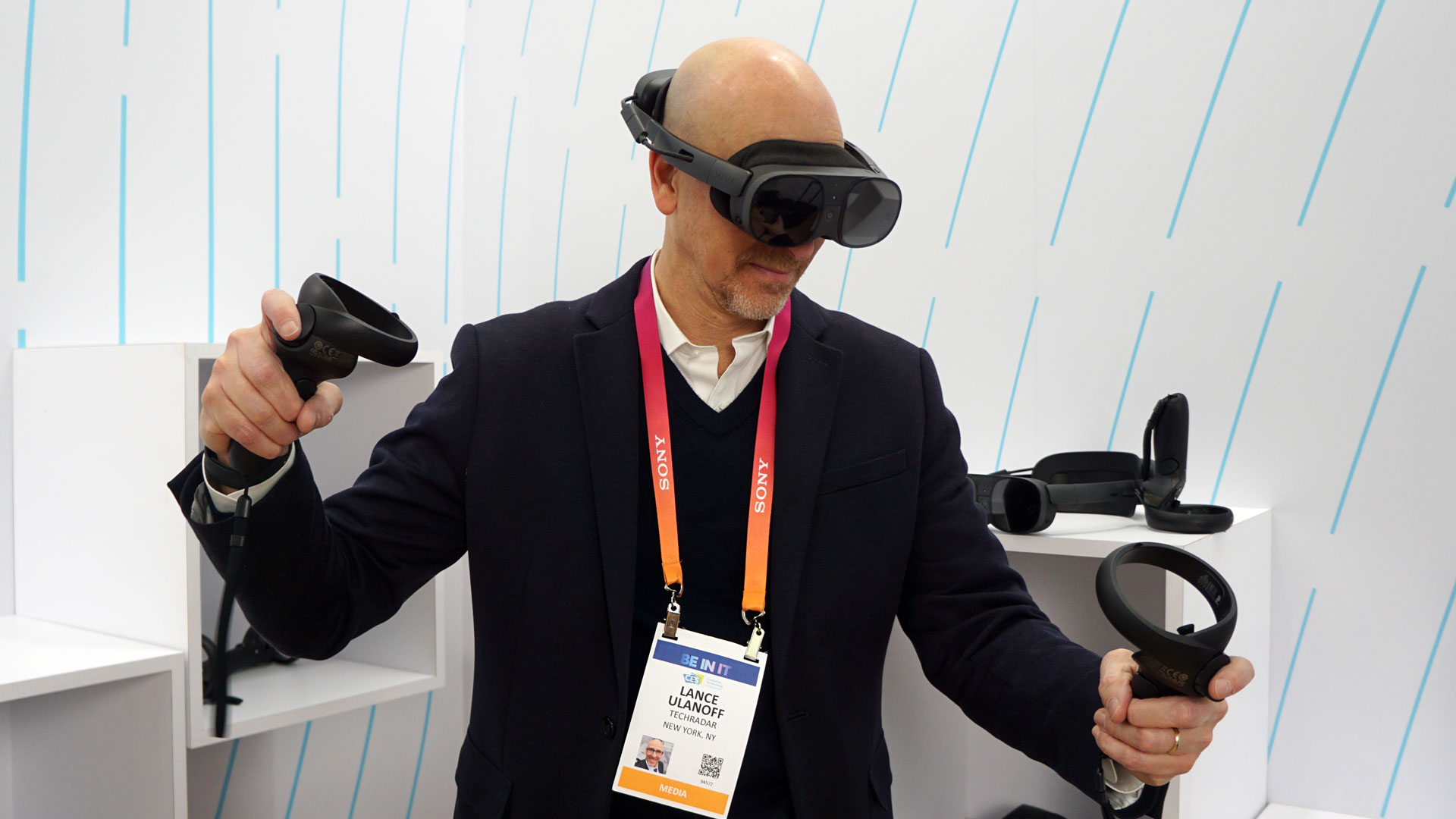
It’s been a while since I’ve worn a Vive VR headset. The original device I tried was VR only and required beacons placed around a room to know your position; The HTC Vive XR Elite is completely self-contained. It’s also been redesigned to be lighter and to support both AR and VR.
HTC rounded up half a dozen experiences for me to try, but first I had to get used to the new headgear, which now looks more like glasses attached to a padded head ring. You tighten it with a big button on the back of your head. Like the Magic Leap headset, I had to take off my glasses to use it. There are small dials around the lenses in the HTC Vive XR Elite that you can use to adjust the focus, and you can slide the eyepieces apart or closer together to adjust them to your own interpupillary distance. On the display you will see a green grid that will help you position the lenses correctly.
None of this was difficult or lasted more than a moment. To further support the headset, there is a thin elastic strap that runs over the head. I found the fit extremely comfortable.
The demos did an excellent job of highlighting the specs and capabilities of the HTC Vive XR Elite.
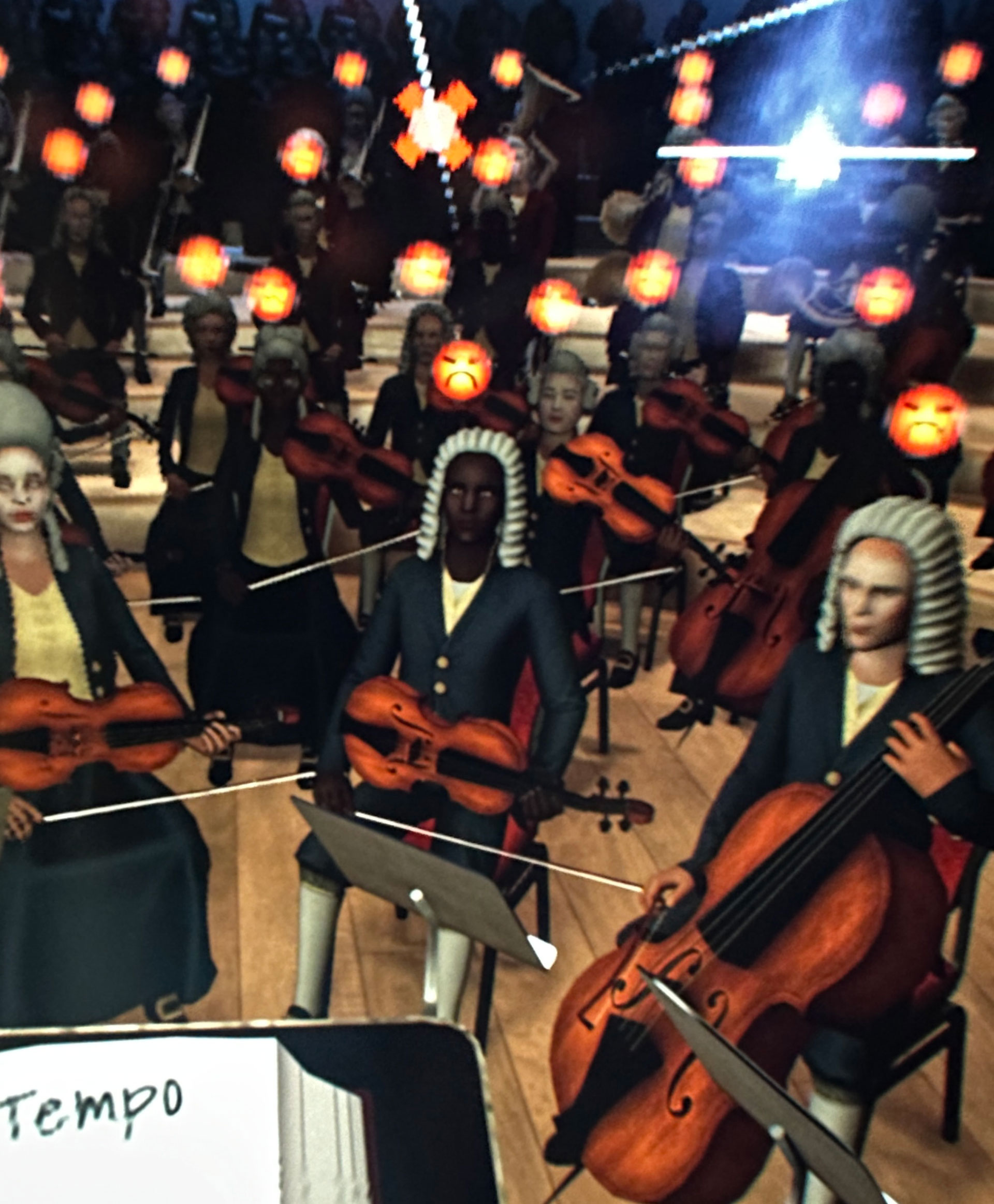
I used both the included dual controllers and my hands to interact with the games. On something called Maestro, where I was conducting an orchestra, I had a remote control in one hand that I used to grab, tap and wave a virtual baton. My other hand was free and I used it to point to different parts of the orchestra in the queue. I was surprised to see that the Vive XR Elite recognized the movement of all five fingers on my free hand. I am sure that the four cameras and the 3D depth sensor play a role here.
I played a game called Hubris, which was most notable for how intuitively the system read my swim, grab, and climb moves.
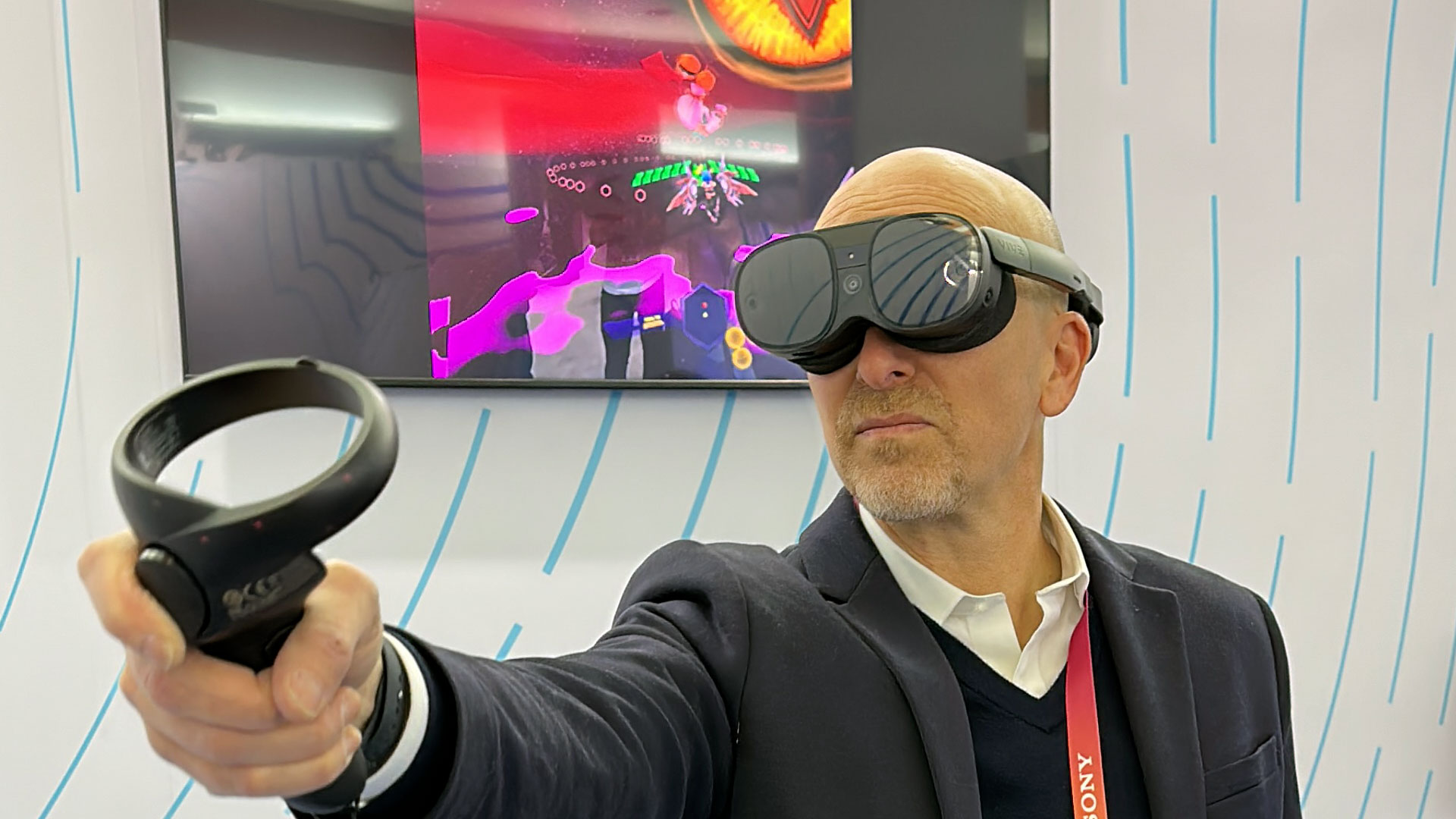
In AR, I played Yuki, a game where aliens appear from holes in the walls. I did my best to shoot them all down with one hand because the other was inexplicably useless in the game. The mixed reality effect was pretty convincing.
I also drew 3D with Gesture AR, which was very similar to Tilt Brush.
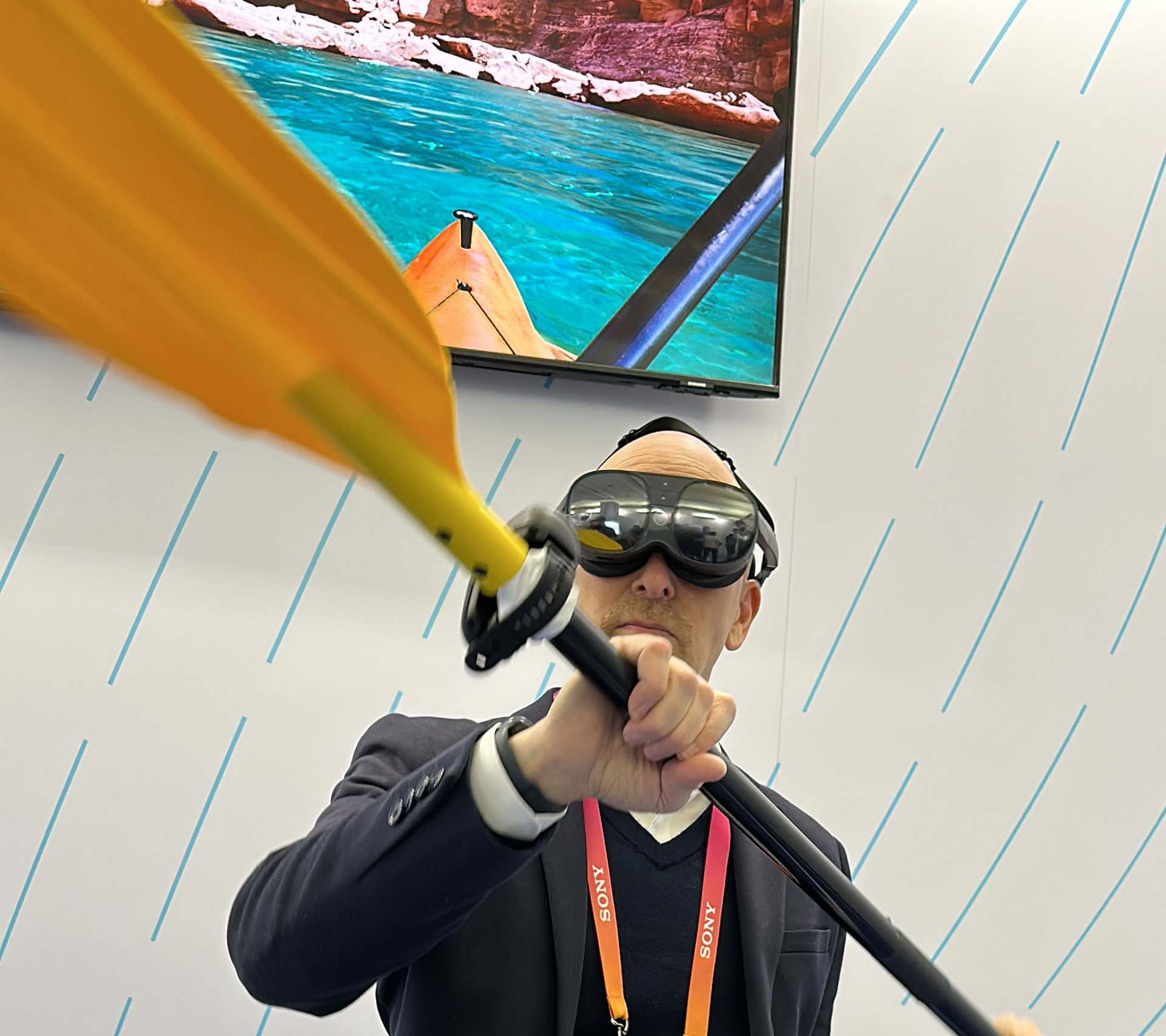
My favorite was kayaking. For this experience, they made me sit in a chair, gave me an actual kayak oar equipped with trackers near each yellow paddle, and then let me paddle around. Again, the effect and motion capture made me think I could kayak in the real world.
One reason everything looks so good is because of the HTC Vive XR Elite’s 2K LCD screens. It also gets points for having an excellent pass-through camera, which helped make the AR experiences more compelling.
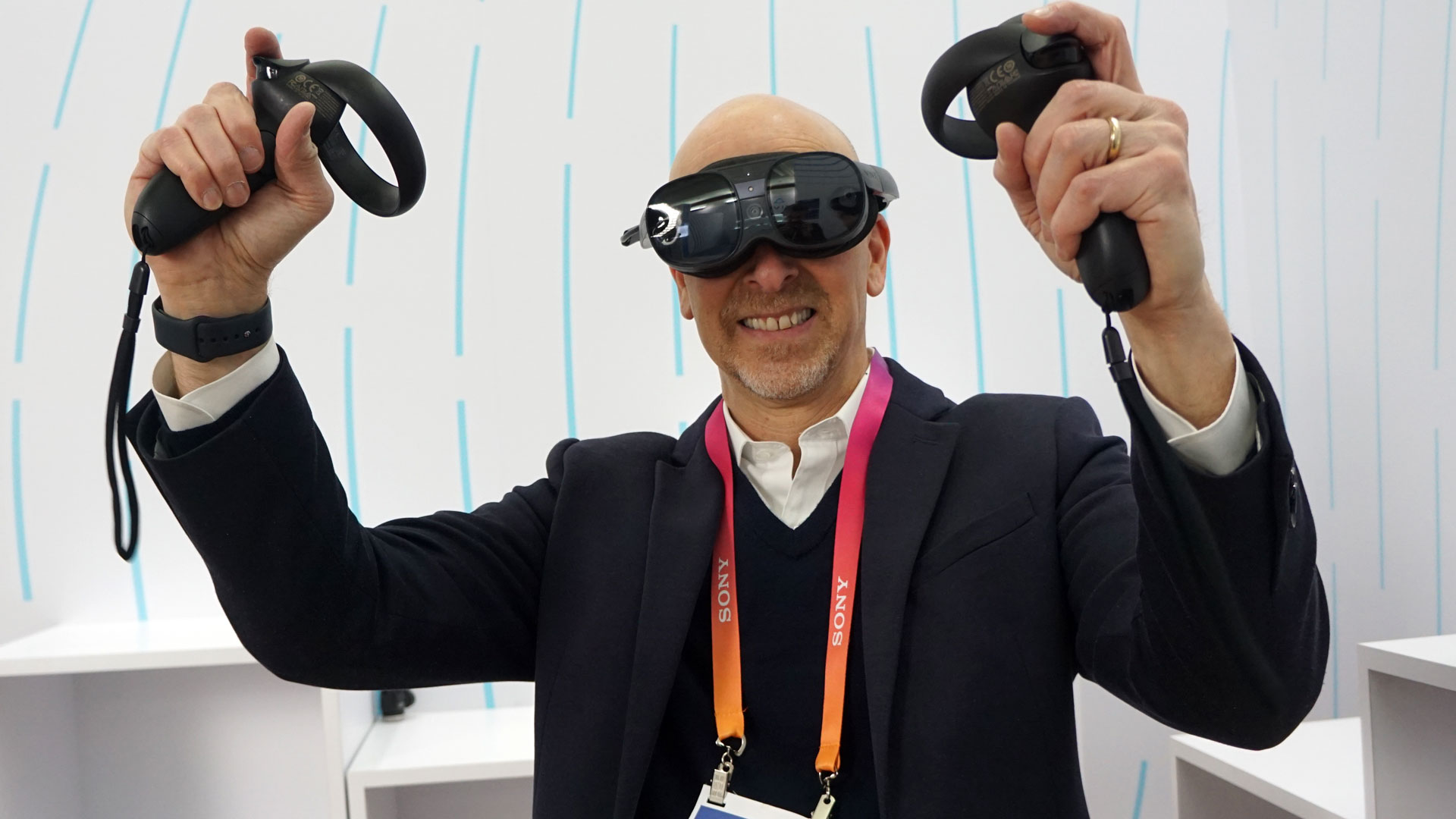
Battery life is surprisingly good at two hours, but I was more impressed that the battery is hot-swappable. If you pull it, the unit stays on because a small 10-minute backup battery is hardwired into the system.
When the system ships in February for $1,099, it’ll beat its closest rival, the Meta Quest Pro, by a few hundred bucks, but then this system has a nice charging dock and remotes that don’t need the LED ring around them anymore .
Look, I’m still not ready to say that the Metaverse is a thing, but VR and AR are making significant leaps every year if not every six months. Hardware keeps getting lighter and more powerful, and software keeps up with ever more compelling and immersive experiences.
And to think we haven’t even seen it what Apple has up its sleeve.
Check out all of TechRadar’s CES 2023 coverage. We bring you all the groundbreaking tech news and product launches, everything from 8K TVs and foldable displays to new phones, laptops and smart home gadgets.


